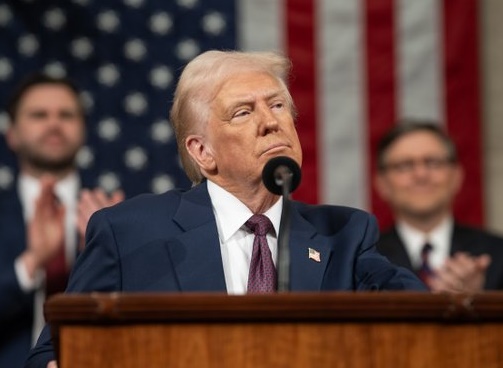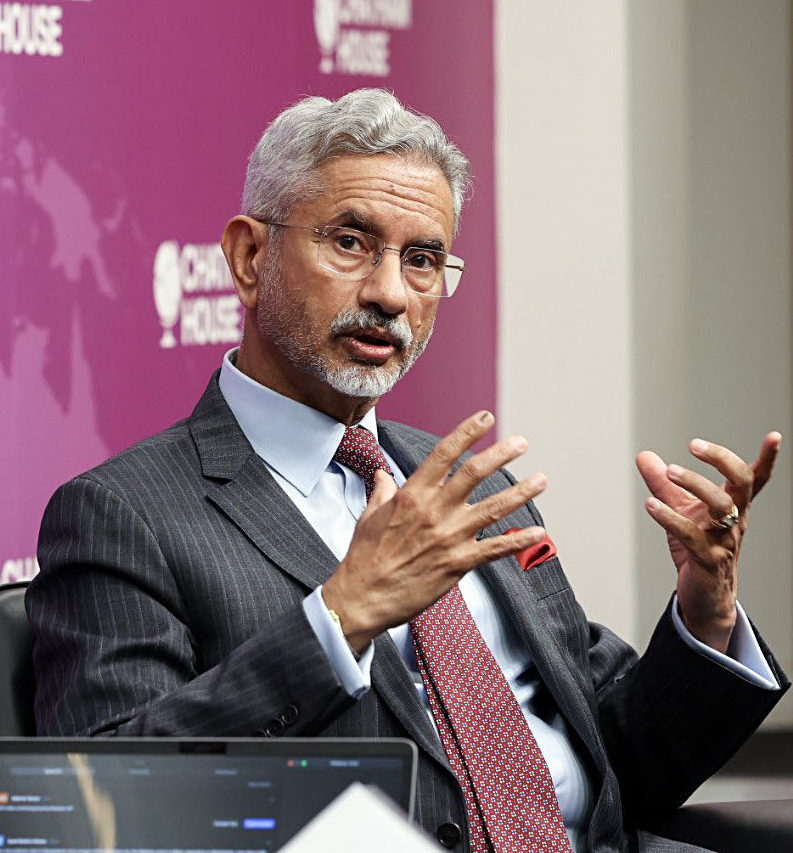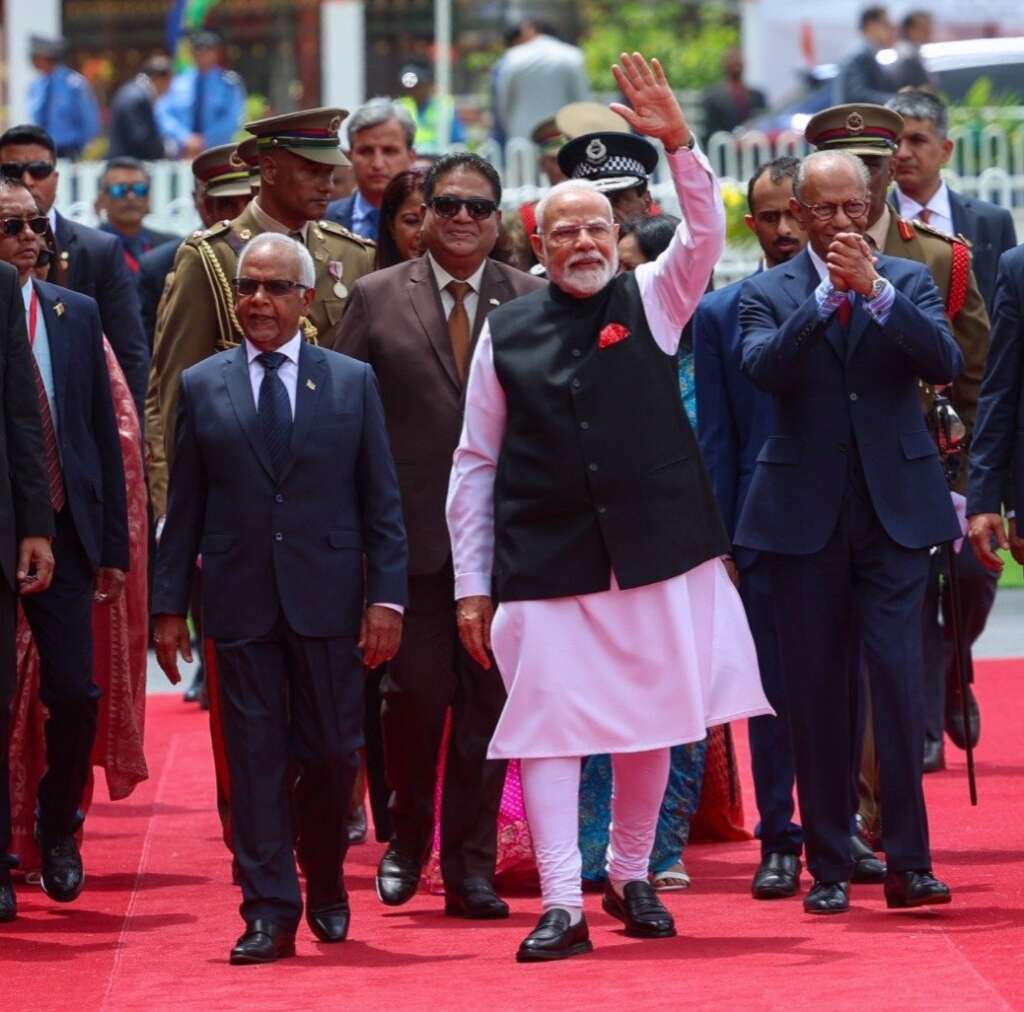In addition to the tariff hikes on steel and aluminum, Trump voiced his frustration with Canada’s trade practices, particularly focusing on dairy exports
In a dramatic escalation of tensions between the United States and Canada, President Donald Trump announced Tuesday that he would double the tariff on steel and aluminum imports from Canada, citing retaliation for a recent move by the Canadian province of Ontario. This marks the latest round of intensifying trade disputes between the two nations.
The additional 25 percent tariff, raising the total to 50 percent on Canadian steel, will come into effect on Wednesday, March 12. The decision follows a move by Ontario, which recently imposed a 25 percent surcharge on electricity exports to the U.S. states of New York, Michigan, and Minnesota. Ontario’s decision was in protest against the tariffs Trump had reinstated on Canadian imports.
Trump confirmed the new tariff rates in a post on his social media platform, Truth Social. “Based on Ontario, Canada, placing a 25 percent tariff on ‘electricity’ coming into the United States, I have instructed my Secretary of Commerce to add an additional 25 percent tariff, bringing the total to 50 percent on all steel and aluminum coming into the United States from Canada,” Trump wrote. “This will go into effect tomorrow morning, March 12th.”
The move adds pressure on Canadian trade relations, especially after Trump had already reinstated a 25 percent tariff on all steel imports and a 25 percent duty on aluminum, which had been reduced to 10 percent earlier. The first round of tariff hikes imposed earlier this month targeted Canada, Mexico, and China, although the tariff on Canadian imports was temporarily suspended.
In addition to the tariff hikes on steel and aluminum, Trump voiced his frustration with Canada’s trade practices, particularly focusing on dairy exports. “Canada must immediately drop their Anti-American Farmer Tariff of 250 percent to 390 percent on various U.S. dairy products,” Trump insisted. The tariff on U.S. dairy products has long been a contentious issue between the two countries.
As tensions rise, Trump also hinted at taking more aggressive actions. “I will shortly be declaring a National Emergency on Electricity within the threatened area,” Trump stated, indicating that the U.S. would take measures to counteract Canada’s recent tariff on electricity exports. “If other egregious, long-time tariffs are not likewise dropped by Canada, I will substantially increase, on April 2, the tariffs on cars coming into the U.S., which will essentially shut down the automobile manufacturing business in Canada,” he warned.
Trump’s administration has made no secret of its focus on trade imbalances and the need to protect American industries. In his remarks, the president also criticized Canada’s defense spending, arguing that the U.S. was subsidizing Canadian national security at an enormous cost. “Canada pays very little for National Security, relying on the United States for military protection. We are subsidizing Canada to the tune of more than 200 Billion Dollars a year. Why? This cannot continue,” Trump said.
Doubling down on his previous statements, Trump suggested that the only logical solution to the ongoing trade and defense disputes was for Canada to join the United States as the 51st state. “The only thing that makes sense is for Canada to become our cherished Fifty First State,” he said, painting a vision of a unified North American superpower. “This would make all tariffs, and everything else, totally disappear.”
He further emphasized the benefits of such an arrangement, suggesting it would lead to “substantially reduced taxes” for Canadians, enhanced military security, and a stronger, more united nation. “Canada will be a big part of that,” Trump added, alluding to a future where the artificial border between the two countries disappears.
The prospect of Canada becoming a U.S. state, while highly unlikely, underscores the increasingly aggressive rhetoric in the ongoing trade dispute. As tensions between the U.S. and Canada continue to mount, it remains to be seen how both nations will navigate this escalating trade war.













